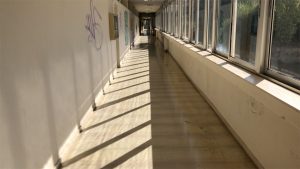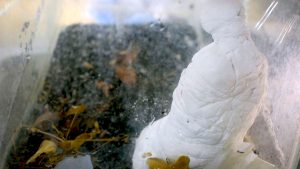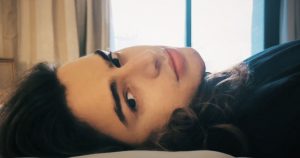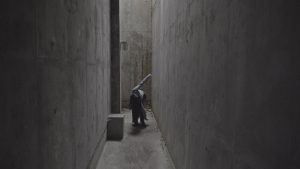
A000000000001000AA011
With the help of CGI graphics and 3D, the characters in the video are equipped with special implants and an additional organ system that allows them to survive in the modern world, where many environmental disasters have occurred, powerful CO2 emissions into the atmosphere have led to global warming, and viruses have destroyed an ordinary biological body. 3D organs move and pulsate with humans, responding to their emotional and physical state. Advances in technology and biotechnology have allowed the posthuman to survive in the most difficult conditions, reanimate the dead body and grow food with the help of innovative 3D printers The characters in the video no longer speak ordinary human language. Their bodies have evolved, so have their speech organs. They are concerned with the same questions: the rights of the post-human, if an individual can dispose of their own death, if it is possible not to die anymore, the possibility of reproduction and the transmission of their genes, if there is no more male and female gender, and children can be conceived, carried and born outside the body.
Lilia Li-Mi-Yan, Katherina Sadovsky (RU)
Lilia Li-Mi-Yan (1971) and Katherina Sadovsky (1985) are a duo of Russian artists who have been working together since 2016. Their diverse approach to art practice encompasses art media such as video, CGI, 3D, sculpture, photography, painting, installation, sound, site-specific practices. In their projects, Li-Mi-Yan and Sadovsky explore questions of the future, ecology, the relationship between humans and Nature, the possibilities of human interaction and connection with other forms of existence. What happens if we, as a species, have a new body created in interaction with new technologies, materials, bacteria? Will we be eternal, and will we remain the same people? What will happen to the emotions of the new human, posthuman, cyborg…? Will we be able to refuse to reproduce ourselves? Artists critically analyze these issues, inconveniently intruding into nature with digital images on polymer materials, comparing this art gesture with the attitude of humanity towards non-human agents and the biosphere in general.




